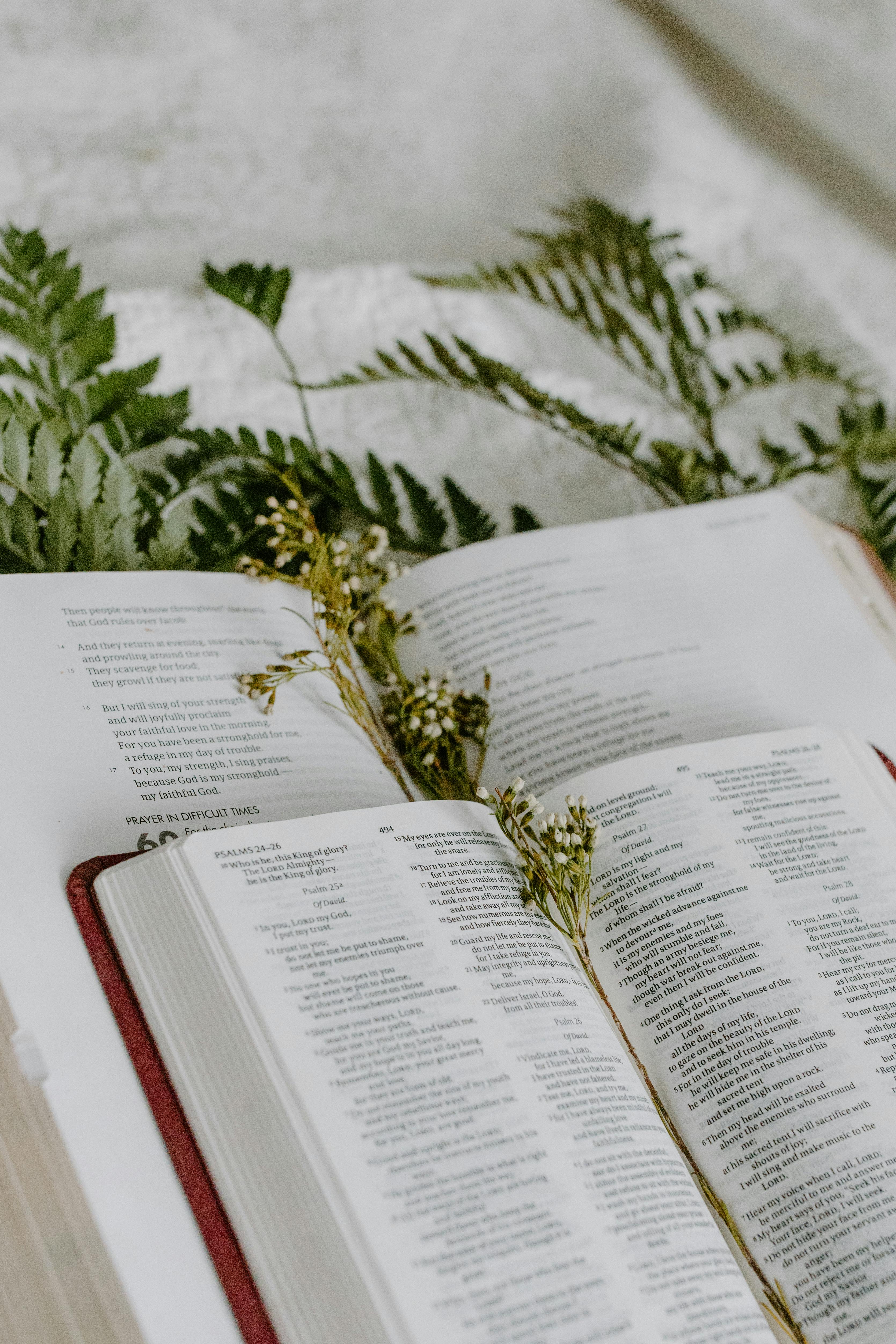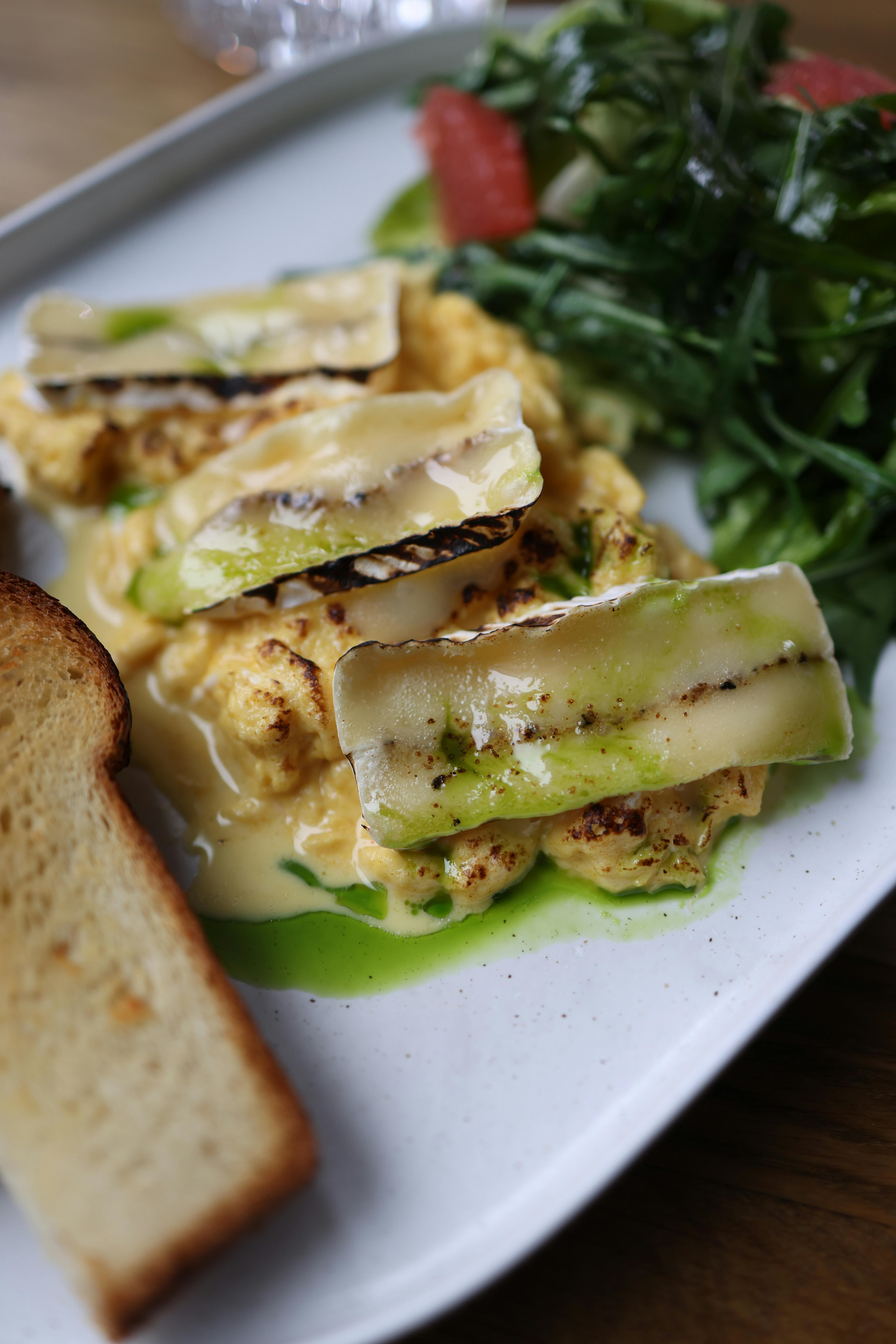Effective Ways to Teach Your Puppy Not to Bite in 2025

Apply Now


Effective Methods for Puppy Training to Stop Biting
Puppy biting is a common challenge that new puppy owners face, and it often stems from natural behaviors associated with play and exploration. Teaching your puppy not to bite is essential not only for your safety but also for fostering a well-behaved and socialized dog. Understanding puppy behavior and implementing effective training techniques will help you manage their biting habits effectively. In this article, we will explore the importance of positive reinforcement, socialization, and consistency in training. We'll discuss methods to redirect biting behaviors, teach bite inhibition, and provide engaging playtime management strategies. By equipping yourself with practical knowledge and techniques, you can create a safe and enjoyable environment for both you and your puppy.Understanding Your Puppy’s Biting Behavior
Understanding why puppies bite is crucial for effective training. Puppies explore their world through their mouths, and biting often occurs during play. However, it can turn into a problematic behavior if not addressed early on. Here are several factors to consider: - **Exploration with Mouth**: Puppies naturally investigate their environment by chewing and mouthing objects, which often includes their owners. - **Teething**: Similar to babies, puppies go through a teething period where they may bite more due to discomfort. - **Playfulness**: During playtime, puppies may nip at fingers or clothing, viewing it as a part of their social interaction. The key to discouraging biting lies in redirecting this behavior and providing suitable alternatives. By understanding these underlying causes, you can effectively reduce unwanted biting during training sessions.Implementing Positive Reinforcement Techniques
Positive reinforcement is one of the most effective strategies when teaching puppies not to bite. By rewarding desirable behaviors rather than punishing negative ones, you're fostering a trusting relationship with your puppy. - **Use Treats for Training**: Incorporate treats as rewards whenever your puppy refrains from biting or responds well to commands. This encourages them to repeat those actions. - **Verbal Praise**: Alongside treats, verbal praise or petting can act as a reward. Dogs respond positively to enthusiasm, and this builds their confidence. - **Teaching Commands**: Commands like "leave it" or "no bite" can be effective. Consistently use these commands during training sessions and reinforce them with rewards when your puppy complies. Developing a consistent approach with positive reinforcement helps your puppy understand what is expected and builds a foundation for future training sessions.Redirecting Biting Behaviors to Appropriate Chew Toys
Redirecting your puppy's biting behavior onto appropriate objects is crucial. Providing proper chew toys can help satisfy their natural urge to bite while also keeping your hands safe. - **Choosing Chew Toys**: Select durable, safe chew toys that are specifically designed for puppies. Look for those that are soft enough for young teeth yet strong enough to withstand aggressive chewing. - **Engaging Playtime**: During interactive play, guide your puppy’s biting onto their toys. If your puppy begins to nip, redirect them to a toy immediately. - **Interactive Play Options**: Try various types of toys – from chew toys to ropes – to see which engage your puppy the most. Interactive toys can also provide mental stimulation. This strategy not only curtails biting on your hands but also encourages healthy chewing behavior, essential for your puppy's development.Socialization Techniques to Prevent Biting
Having addressed the importance of managing biting through training and redirection, let’s explore how socialization can significantly impact your puppy's behavior. Socialization is key to helping puppies learn proper play behaviors with both other dogs and humans. Start exposing your puppy to different environments, people, and other animals during the critical stages of development.The Importance of Early Socialization
Early socialization involves introducing your puppy to various stimuli, including different sights, sounds, and experiences. This not only helps prevent biting but also builds their confidence. - **Puppy Playgroups**: Attending playgroups allows your puppy to interact with others, teaching them bite inhibition through supervised play. - **Exposure to Different Environments**: Taking your puppy to new places helps them adapt to various situations, reducing anxiety that can lead to biting. - **Regularly Meeting New People**: Encourage gentle interactions with a range of people, helping your puppy learn appropriate behaviors during social settings. Socialization establishes a well-rounded dog that understands appropriate interaction and reduces biting incidents.Establishing Boundaries and Teaching Limits
An essential aspect of puppy training is setting clear boundaries. Teaching limits on acceptable behavior will help your puppy understand what is and isn't appropriate. - **Firm Commands**: Whenever your puppy bites too hard, use a firm “no” or “ouch!” to convey that they’ve crossed a boundary. This helps them understand the consequences of their actions. - **Consistent Training Sessions**: Regular training sessions are vital. Ensure that boundaries are enforced consistently among all family members to avoid confusing your puppy. - **Structure and Routine**: Providing a structured routine for feeding, playtime, and exercise helps satisfy your puppy’s physical needs and reduces spontaneous biting out of boredom. Having defined limits will aid your puppy's understanding of acceptable behaviors and build discipline.Engaging Your Puppy in Play and Learning
Engaging playtime not only strengthens your bond with your puppy but also contributes positively to their learning.Fun Training Games to Include in Sessions
Incorporating play into training sessions can make the learning process enjoyable for both of you. - **Hide and Seek**: This game encourages your puppy to use their nose and problem-solve while reinforcing their recall ability. - **Fetch**: Playing fetch can redirect their energies while creating opportunities for practicing commands like "drop it." - **Obstacle Courses**: Set up a simple obstacle course in your home or yard. This type of play combines physical exercise with mental stimulation, promoting calmness in your puppy. These games create an interactive environment that fosters positive behaviors while minimizing biting during play.Patience in Training: Recognizing Progress
Patience is key when it comes to training your puppy. Recognizing their progress, no matter how small, is essential for maintaining motivation. - **Setting Realistic Goals**: Understand that training a puppy takes time. Set achievable milestones to track progress and celebrate successes. - **Recognizing Cues**: Pay attention to your puppy's body language. Understanding their cues aids in effective communication and fosters trust. - **Adjusting Techniques**: Be flexible in your approach. If certain strategies are not working, don’t hesitate to adjust your methods to suit your puppy's unique personality. By practicing patience and consistency, you create a nurturing environment that supports your puppy's behavioral modification.Q&A: Common Concerns About Puppy Biting
**Q: What should I do if my puppy bites hard?** A: Respond with a firm “no” and redirect them to a chew toy. It's crucial not to react negatively, as that may reinforce their behavior. **Q: How do I know if my puppy is aggressive or just playful?** A: Understanding the difference between play and aggression lies in recognizing cues. Playful puppies will wag their tails and have relaxed body language, while aggressive puppies may appear tense and growl. **Q: When should I start socializing my puppy?** A: Begin socialization as soon as you bring your puppy home, ideally around 8-12 weeks of age. **Q: Can I use physical punishment to discipline my puppy?** A: No, physical punishment can lead to fear and aggression. Focus on positive reinforcement to encourage desired behaviors. **Q: What are the best chew toys for puppies?** A: Durable rubber or nylon toys are excellent choices. Avoid toys with small parts that could be chewed off and swallowed.Final Thoughts on Puppy Training
Teaching your puppy not to bite requires understanding, patience, and an array of effective methods. By employing redirection techniques, engaging in positive reinforcement, and establishing socialization practices, you can significantly reduce biting incidents. Remember that consistency, along with recognizing your puppy’s unique behavior, plays a vital role in fostering a well-behaved pet. For further guidance, consider seeking a professional trainer and attending classes tailored to puppy training. Building a strong bond with your puppy through understanding and playful socialization can lead to a fulfilling training experience for both of you.
